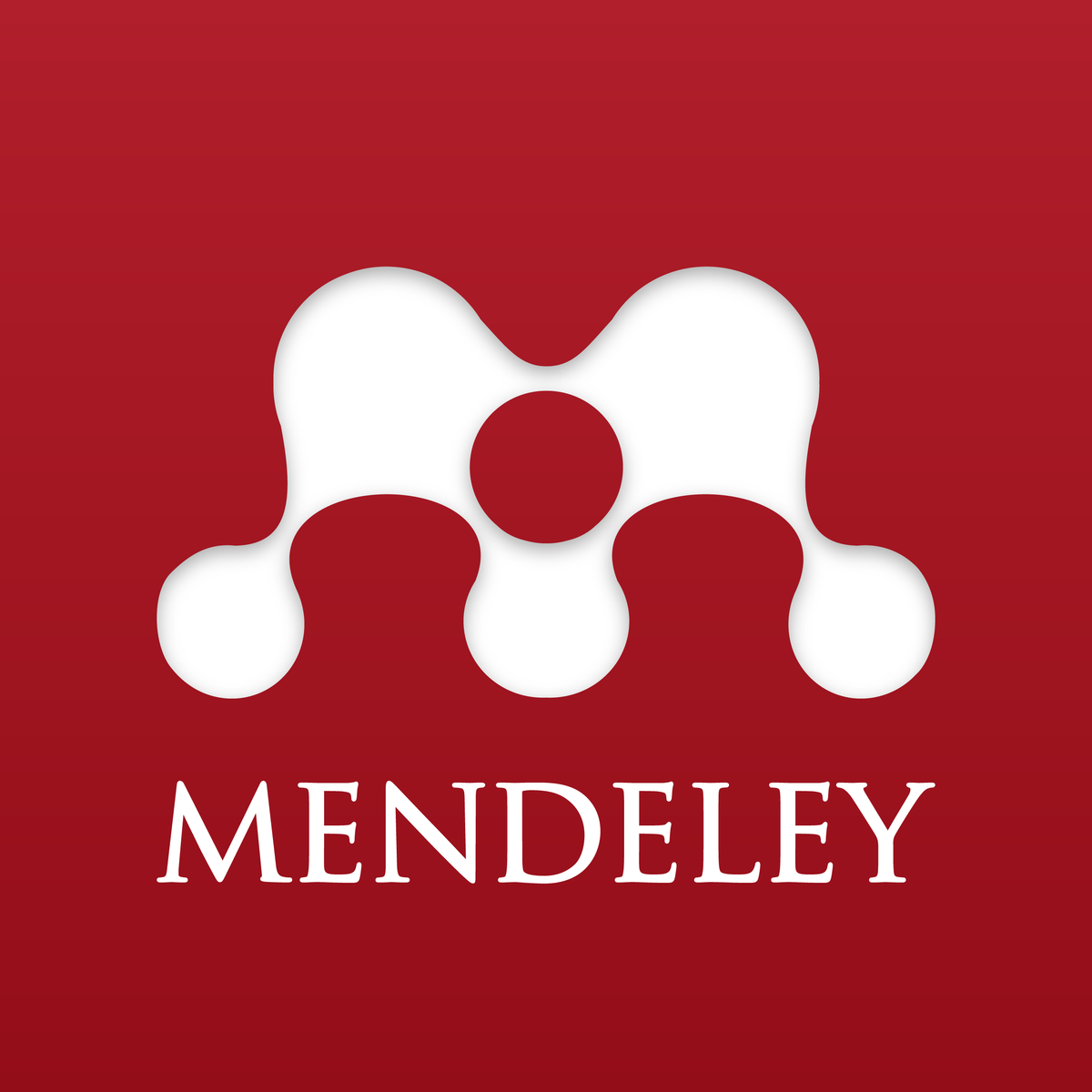BIROKRASI DALAM PERSPEKTIF ADMINISTRASI PUBLIK
TANTANGAN DAN PELUANG
DOI:
https://doi.org/10.53947/perspekt.v2i6.562Kata Kunci:
Birokrasi, Administrasi Publik, Efisiensi, Tantangan, Peluang, Bureaucracy, Public Administration, Efficiency, Challenges, OpportunitiesAbstrak
Abstrak
Birokrasi merupakan bagian integral dari administrasi publik yang bertanggung jawab dalam menyelenggarakan kebijakan publik dan memberikan pela-yanan kepada masyarakat. Namun, dalam beberapa tahun terakhir, birokrasi sering kali menjadi sorotan karena adanya masalah seperti kelemahan efisiensi, korupsi, dan ketidakmampuan untuk beradaptasi dengan perubahan lingkungan yang dinamis. Artikel ini akan menganalisis peran birokrasi dalam perspektif administrasi publik, menyoroti tantangan yang dihadapi oleh birokrasi modern, dan mengeksplorasi peluang yang dapat dimanfaatkan un-tuk meningkatkan kinerja birokrasi. Namun, birokrasi juga dihadapkan pada berbagai tantangan yang mempengaruhi kinerjanya. Tantangan tersebut meli-puti lambatnya pengambilan keputusan, praktik korupsi, kesulitan beradaptasi dengan perubahan lingkungan, kurangnya inovasi, dan kurangnya akuntabili-tas serta transparansi. Meskipun tantangan ini kompleks, terdapat peluang untuk meningkatkan kinerja birokrasi.
Abstract
Bureaucracy is an integral part of public administration which is responsible for implementing public policies and providing services to the community. However, in recent years, bureaucracy has often been in the spotlight due to problems such as weaknesses in efficiency, corruption, and the inability to adapt to dynamic environmental changes. This article will analyze the role of bureaucracy from a public administration perspective, highlight the challenges faced by modern bureaucracy, and explore opportunities that can be utilized to improve bureaucratic performance. However, the bureaucracy is also faced with various challenges that affect its performance. These challenges include slow decision making, corrupt practices, difficulty adapting to environmental changes, lack of innovation, and lack of accountability and transparency. Although these challenges are complex, there are opportunities to improve bureaucratic performance.
Referensi
Australian Public Service Commission. (2021). The State of the Service. Retrieved from https://www.apsc.gov.au/state-service
Davis, G., & Thompson, F. (1994). A Comparative Analysis of Public and Private Management: An Empirical Examination of the Likenesses and Differences. Public Administration Review, 54(3), 267-273.
Denhardt, R. B., & Denhardt, J. V. (2015). Public Administration: An Action Orientation. Cengage Learning.
Fadilah, S. (2017). Reformasi Administrasi Publik di Indonesia. Erlangga.
Haning, M. T. (2018). Reformasi Birokrasi di Indonesia: Tinjauan Dari Perspektif Administrasi Publik. JAKPP (Jurnal Analisis Kebijakan & Pelayanan Publik), 25-37.
Harisno, H. (2016). Administrasi Publik. Graha Ilmu.
Hood, C. (1991). A Public Management for All Seasons? Public Administration, 69(1), 3-19.
Mardiasmo. (2014). Akuntansi Sektor Publik. Andi Offset.
Nugroho, R. (2013). Reformasi Birokrasi di Indonesia. Gadjah Mada University Press.
Organization for Economic Cooperation and Development (OECD). (2019). Public Governance in the Digital Age. Retrieved from http://www.oecd.org/governance/public-governance/public-governance-in-the-digital-age.pdf
Peters, B. G. (2018). The Politics of Bureaucracy: An Introduction to Comparative Public Administration. Routledge.
Pollitt, C., & Bouckaert, G. (2017). Public Management Reform: A Comparative Analysis. Oxford University Press.
Prasojo, E. (2016). Birokrasi dan Administrasi Publik Indonesia. Kencana.
Rusmanto, T. (2015). E-Government: Transformasi Administrasi Publik di Indonesia. Kencana.
Sahertian, P. D. (2012). Pengantar Administrasi Publik. Kencana.
Suharto, E. (2014). Birokrasi Pemerintahan di Indonesia. Rajawali Pers.
Suwitri, S. (2016). Manajemen Kinerja Sektor Publik. Pustaka Pelajar.
Salim, Emil. (1990). Konsep Pembangunan Berkelanjutan. Jakarta
United Nations Development Programme. (2019). Effective Governance and Public Administration for Sustainable Development. Retrieved from https://www.undp.org/content/undp/en/home/librarypage/democratic-governance/effective-governance-and-public-administration-for-sustainable-de.html
United Nations. (2018). United Nations E-Government Survey 2018: Gearing E-Government to Support Transformation Towards Sustainable and Resilient Societies. Retrieved from https://publicadministration.un.org/egovkb/en-us/Reports/UN-E-Government-Survey-2018
Wibowo, A. (2015). Manajemen Pelayanan Publik. Rajawali Pers.
Weber, M. (2009). Sosiologi. Cet. II, Yogyakarta: Pustaka Pelajar.
World Bank. (2017). World Development Report 2017: Governance and the Law. Retrieved from https://openknowledge.worldbank.org/handle/10986/25823
Unduhan
Diterbitkan
Cara Mengutip
Terbitan
Bagian
Kategori
Lisensi
Hak Cipta (c) 2023 Perspektif

Artikel ini berlisensiCreative Commons Attribution-ShareAlike 4.0 International License.











